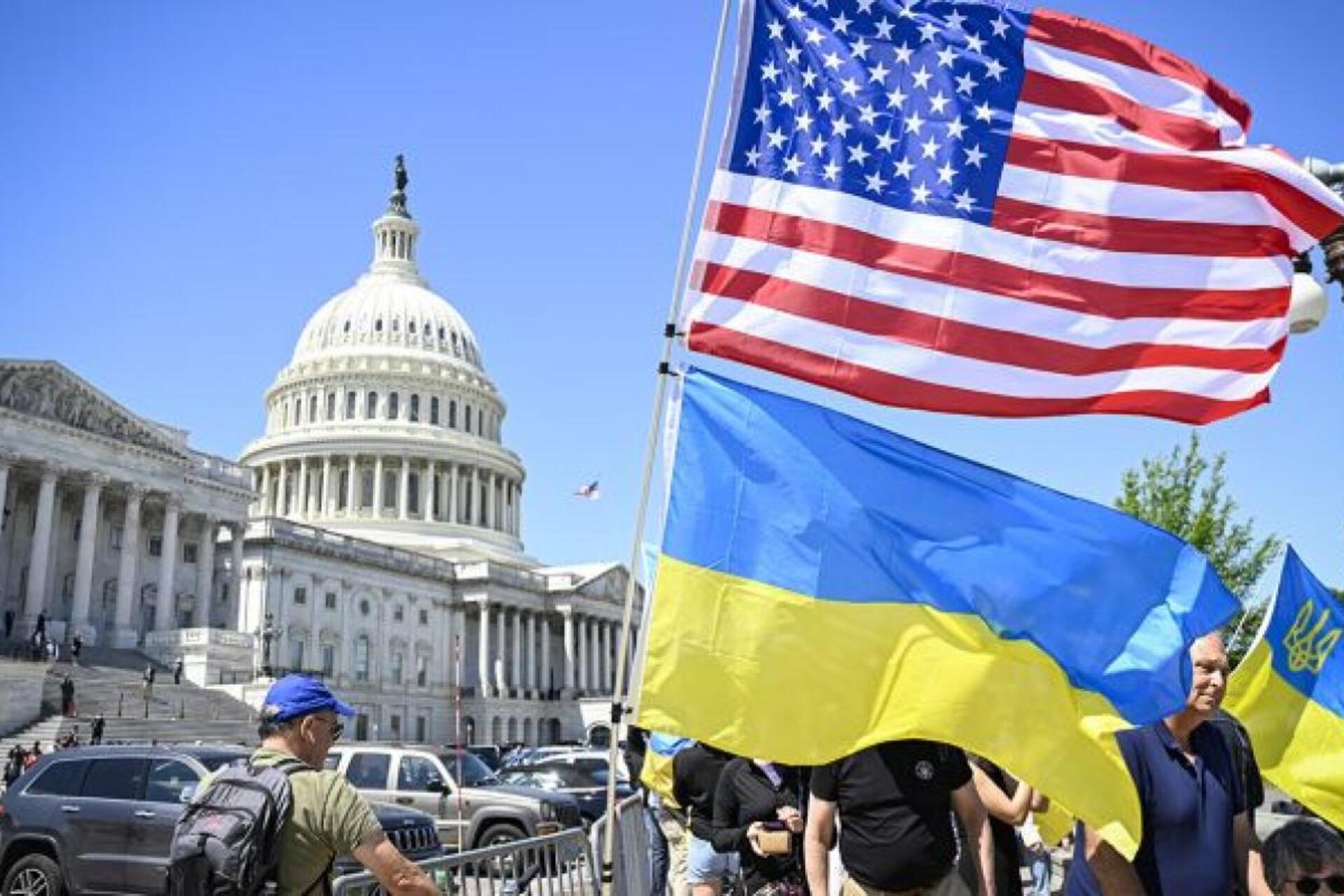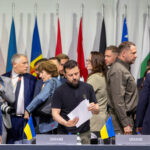The reduction of military aid from Western countries is one of the most acute topics in recent months. The Kyiv Institute of World Economics forecasts a significant decrease in support, which could jeopardize Ukraine’s defense capabilities. Let’s look at the main factors affecting this process and how it could change the situation on the international arena.
Forecast: Aid cut in half
According to the Kyiv Institute of World Economics, military aid to Ukraine from the West could be cut in half. In particular, Germany has already announced a 50% reduction in its budget allocations for Ukraine. This decision was made against the background of domestic debates over the priorities of the state budget amid economic difficulties in Germany itself. This news raises concerns about the possible emulation of this step by other European countries.
The Trump Factor
Another significant factor in the aid issue is the potential outcomes of the US presidential elections. If Donald Trump returns to power, there is a high likelihood that he will block further military aid packages to Ukraine. Trump has expressed doubts about supporting Kyiv, emphasizing that the US should focus on internal issues. In the event of his victory, military aid to Ukraine could be reduced to approximately €34 billion, and financial aid to €46 billion.
European Donors and New Scenarios
If European countries, following Germany’s example, also decide to cut their contributions, the situation will become even more critical. In that case, military aid could decrease to €29 billion, and financial aid to €27 billion. Thus, the overall aid to Ukraine could shrink to approximately €55 billion, which is almost half of the current amount.
This will undoubtedly be a significant blow to Ukraine’s defense capabilities. Most of the military equipment used in combat comes from abroad, and without new supplies, Ukraine will find it harder to resist aggression. Financial aid also plays a crucial role in supporting the economy, which has suffered significant losses due to the war.
Alternative Funding Mechanisms
At the same time, discussions are ongoing in the international arena regarding potential new mechanisms to support Ukraine. For example, NATO contributions could provide military assistance amounting to €40 billion. However, these funds remain only plans for now, and their implementation depends on many political and economic factors.
As for using frozen Russian assets, these resources are currently planned to be mainly used in the form of loans, and they do not involve direct military support. This only partially addresses the issue and cannot compensate for potential losses in military aid from the West.
Is There a Way Out?
Reduced assistance from the West poses new challenges for Ukraine. In such circumstances, it is important for the Ukrainian government to actively seek new opportunities for support:
- One option is to attract new donors and intensify diplomatic efforts.
- Additionally, Ukraine can enhance cooperation with NATO countries and other international organizations to offset potential losses.
- It is also necessary to focus on the internal development of the defense industry. Reduced external support may stimulate the growth of domestic production capabilities, which in the long run will make Ukraine less dependent on international aid.
Therefore, the situation with the reduction of military aid is a serious challenge for Ukraine, but not a hopeless one. It is important to maintain flexibility in diplomatic efforts, seek new sources of funding, and develop its own defense capabilities. Only in this way can Ukraine continue to effectively fight for its independence and security.


